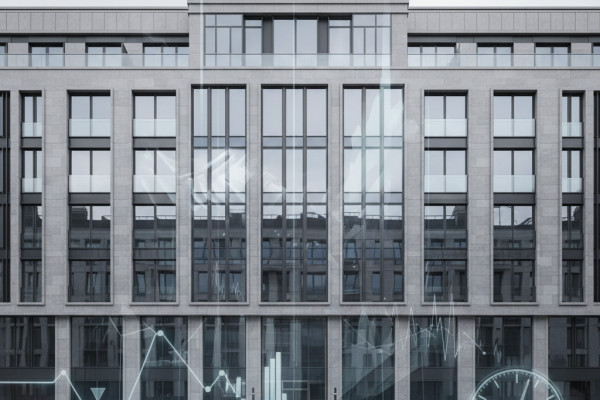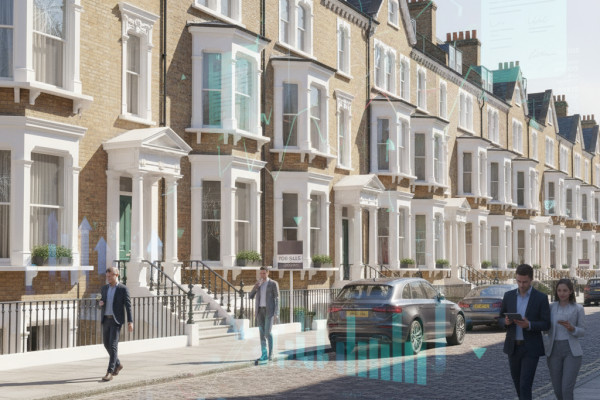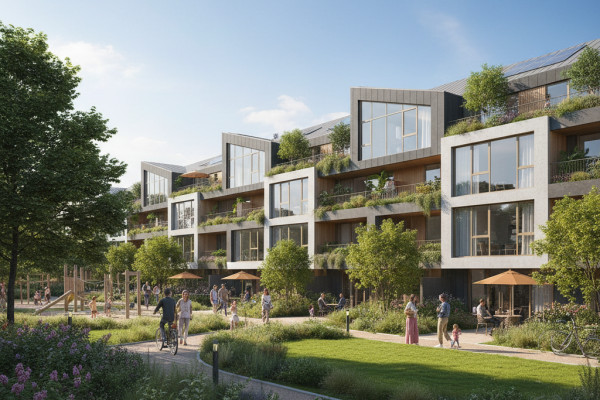
The Economic Surge from Public Transport Developments
The dynamic interplay between public transport developments and property values in London underscores a pivotal trend in urban economics and lifestyle. Enhanced public transportation not only reshapes the urban landscape but significantly uplifts the desirability and, subsequently, the value of nearby properties.

This article delves into how London's ambitious expansions in public transport infrastructure — be it the introduction of new tube lines, upgrades to bus services, or the establishment of cycle superhighways — are inextricably linked to property market fluctuations.
Directions to Consider
Elizabeth Line
Firstly, the advent of Crossrail (Elizabeth Line) has been a game-changer, bolstering property prices along its route by providing faster, more efficient connections across the city.
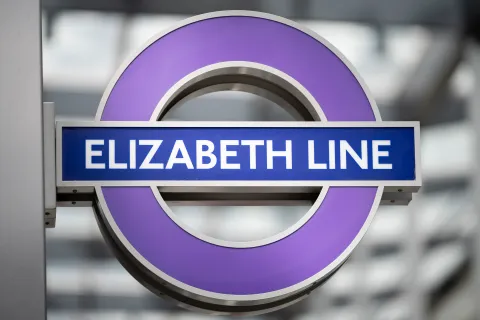
Properties within walking distance of Crossrail stations have seen their value appreciate, reflecting the premium buyers and renters place on reduced commute times and enhanced accessibility.
Northern Line
Secondly, the extension of the Northern Line to Battersea and Nine Elms is transforming once-overlooked areas into hotspots of residential development.
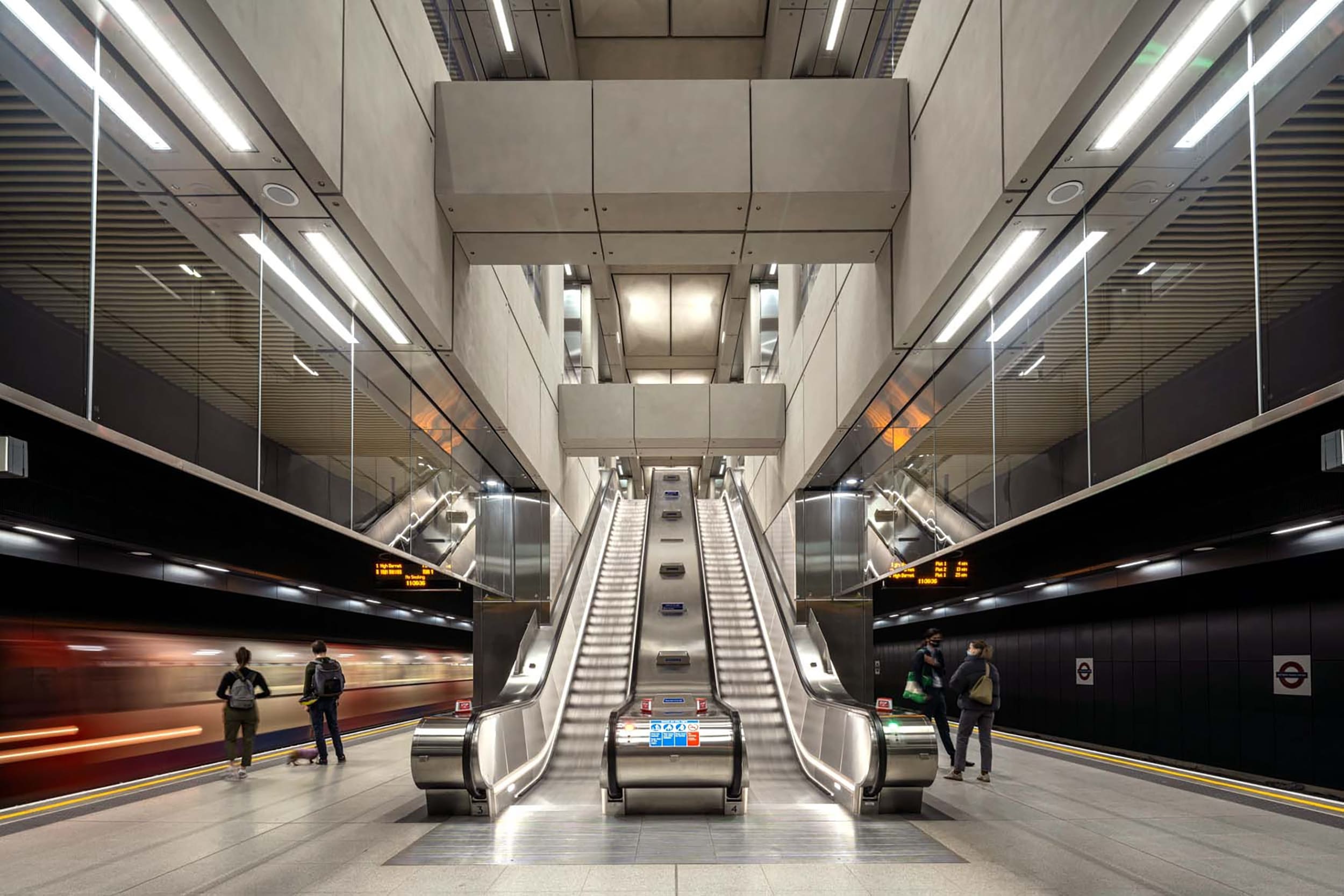
The promise of better connectivity attracts investment, driving up property prices and spurring a wave of regeneration that brings new life and amenities to these neighbourhoods.
New Developments
The development of cycle superhighways and pedestrian-friendly zones also plays a significant role. By promoting a greener, healthier mode of commuting, these initiatives not only contribute to the city's sustainability goals but also enhance the attractiveness of adjacent areas, leading to a positive impact on property values.

Infrastructure Projects
Moreover, the anticipation of transport infrastructure projects often precedes actual increases in property values, as investors and homeowners bet on future connectivity enhancements. This speculative dynamic underscores the profound effect of transport development plans on the property market, even before such projects are realized.
Areas of Influence
The enhancement of public transportation not only influences direct accessibility but also affects the social fabric and economic landscape of neighbourhoods. Improved public transport can lead to increased business activities, attracting more services like cafés, shops, and leisure facilities, which in turn make the area more attractive to residents and investors alike.

The transformation of areas around transport hubs into thriving communities is a testament to how transport can stimulate local economies. This regeneration can lead to a virtuous cycle, where improved amenities further boost property values and attract a diverse population mix.
Additionally, the environmental aspect cannot be overlooked. As public transport offers a sustainable alternative to car travel, areas with better transport links contribute to the city's sustainability goals, appealing to an increasingly eco-conscious populace.
This complex interplay extends beyond immediate proximity to transport links. The ripple effect can influence broader market perceptions, setting benchmarks for what is considered a desirable location.

As London looks to the future with projects like the expansion of the Underground and the introduction of new, green public transport initiatives, the interrelation between transport development and property values will continue to evolve, reflecting changing priorities and lifestyle trends.
What Do Researchers Think?
The research emphasizes how advancements in transit systems can lead to economic growth, improved social welfare, sustainability, and urban development opportunities.
It highlights the potential benefits such as better inter-city connectivity and the economic multiplier effect, while also considering the challenges, including overpricing, noise pollution, gentrification, and the erosion of local identity.
The synergy between public transport developments and property values in London exemplifies the critical role of transportation in shaping urban living standards and economic vitality.
As London continues to expand and evolve its transport network, the property market responds in kind, marking a continuous dialogue between mobility and urban development.
This relationship highlights the importance of strategic planning in transport infrastructure to foster sustainable growth and improve the quality of life in one of the world's most dynamic cities.


